Canon 70-200 f2.8 L IS II USM Lens Review
Many people had requested me for a Canon 70-200 f2.8 L IS II USM lens review. I use it for photography as well as for filming. This is a good lens for filming handheld.
The Canon EF 70-200 f2.8 L IS II USM lens was used to film a rhino calf suckling from elephant back. Watch it in the film “Mother and Child’ below – In the same film you can see a Wild Ass calf suckling from the mother. I had used a 2x II TC with the EF 70-200 f2.8 L IS II USM lens and Canon Cinema EOS C300 camera to film handheld.
Canon introduced the EF 70-200 f2.8 L IS II USM lens in January 2010. This lens is also a L series lens, which indicates quality.
First Impressions while Unpacking Canon 70-200 Lens:
The first thing I noticed is the box was huge and when I saw the insde foam inserts I felt good that Canon is taking good care of packing. Infact, I have taken out the O Ring made out of thermo coal and have kept it in my lens bag.
When I pulled out the lens from the pack, I found that the new lens hood ET-87 has a lock. You need to press the lock to release the lens hood. Certainly a good design as the lens hood doesn’t come out. When you are clicking or filming wildlife there are many moments of lens hoods, lens caps etc falling when you are on an elephant back. The same thing applies for treks as well.
Construction of the Canon 70-200 Lens:
This lens weighs 1490 gms. It has a dia of 89 mm and length of 199mm. Filter thread remains the same at 77mm. So this lens is 20gms heavier than the 70-200 f2.8 L IS USM lens that it replaced.
The maximum aperture of the lens is f2.8 and the minimum Aperture is F32.
The lens focus and zoom barrel is textured and apart from ease of use it gives a very good impression about the quality. The buttons are thoughtfully designed. For example the Image Stabilser ON/OFF button shape, size and texture is different than the other three buttons (stabilser mode, AF and focal length limiter) so that one can feel and switch on/off the Image Stabiliser.
The minimum focusing distance is 1.2 meters vis-à-vis 1.4 meters of the previous version and has a maximum magnification of 0.21x (vs 0.17x of the previous 70-200 f2.8 L IS USM lens).
This lens has a better environmental sealing. There is a rubber seal on the outside if the EF mount to protect it from dust and moisture.
This lens has got 23 elements divided into 19 groups. It has 5 UD (Ultra Dispersion) elements and 1 Fluorite element.
I would like to remind our readers that the previous version had a similar 23 elements but those were divided into 18 groups. And the new lens has one more UD element than the previous. The previous version didn’t have a fluorite element.
This lens retains the 8 blade circular aperture that we had loved in the previous version.
Image Stabilisation of Canon 70-200 lens:
The image stabilization is rated at 4 stops. This actually feels better in low light.
Auto Focusing Speed:
As was expected, this lens focuses internally and hence there is no protruding element. This lens has a ring type ultrasonic motor for silent focusing. It focuses fast and works well in low light. This lens has a full time manual focus override allows for slight fine-tuning of focus even when you are using AF.
MTF Charts: Source Canon
For people who are technically inclined, I am adding the MTF charts here. One can see that the quality is great.
Impressions of the Canon 70-200 f2.8 L IS II USM lens in the Field:
My impressions of this lens after testing it for more than a year is that this lens is fabulous. This lens works well with Canon EF 1.4x as well as the 2x TCs.
Infact, most of the times the 2xII TC remains mated with this lens. The reason being, I shift my camera with 2xII TC between the 70-200 f2.8 L IS II USM lens and the 400mm f2.8 L IS USM lens as both these two lenses work well with the TX II TCs and also because by doing that, I don’t expose my camera sensor to dust.
The first trip with this lens would have been the last. I was trekking to the Bandhavgarh Fort. I had the Mark IV plus the 70-200 f2.8 L IS II USM lens attached with a 2xII converter in between. This combination was slung from my shoulder. I was using an optitek strap and it was about 4 yrs old. Suddenly the strap gave way and the camera fell with the lens pointed downwards. Due to my reflex action, I could catch hold of the strap and miraculously the point where I caught the strap was just right as the lens remained dangling an inch above the ground. I stood still for a minute, gathered my wits and pulled up the camera and lens. God is Great! A great learning. Never allow a camera or lens to hang from your neck without you holding some part of the strap.
The contrast and colour rendition is nice. This lens appears to be controlling the flare better. So shooting against the light is much better.
With the previous version of this lens ie. 70-200 f2.8 L IS USM, clicking with a 2x TC attached at 400 mm focal length at f5.6 aperture, the sharpness was not to my liking. However, I have no problems in shooting at f5.6 using a 2x TC at 400mm with the EF70-200 f2.8 L IS II USM lens.
This image was clicked with Canon EOS 1D Mark IV, at f7.1, 1/800, ISO 400, ISO 400, full frame image.
This Jungle cat image was clicked with Canon EOS 1D Mark IV, Canon EF 70-200 2.8 L IS II USM at f5.6, ISO 1000, 1/500, EC: +1/3, Full frame image.
Canon EOS 1D Mark IV, Canon EF 70-200 f2.8 L IS II USM with EX 2xII TC at 370mm, ISO 320, f6.3, 1/1600. I was in a boat in Ranganathittu, near mysore and saw this pelican flying in. I half turned and fired.
This wild tiger was clicked in Bandhavgarh Tiger Reserve, India using Canon EOS 1D Mark IV, Canon EF 70-200 f2.8 L IS II USM plus EF 2xII TC at f5.6, ISO 200, 1/250, full frame image, handheld. I love the sharpness from this lens.
This nocturnal Palm Civet is difficult to sight in the day time. Clicked with Canon EOS 1D Mark IV, Canon EF 70-200 f2.8 L IS II USM at 200mm f2.8, 1/125, ISO 1600, Full frame image at BR Hills Sanctuary. I used 200mm for a wide composition to show the habitat.
The review of the previous Canon EF 70-200 f2.8 L IS USM lens can be found here: http://www.indiawilds.com/diary/canon-ef-70-200-f2-8-l-is-usm/
Conclusion:
This is a fantastic lens. This lens is very sharp, good for handholding, nice construction and works well with Teleconverters. Apart from still photography, I am using this more for my filming requirements. It gives me the ability to change perspectives easily and helps in wide establishing shots in wildlife filming as well as in zooming in to get the details. This has given a big boost to my filming wildlife as well as sports, corporates, documentaries and commercials etc. There is some magic in this lens which I don’t get in other still lenses. I have extensively used the EF 100-400 f4.5-5.6 L IS USM lens for filming. However, today I prefer this lens over the 100-400.
This lens is costly. However, if you don’t want to compromise on quality then this is the lens. If you have any queries on the Canon EF 70-200 f2.8 L IS II USM lens review then please ask in the comments below.
Verdict: Highly Recommended.
You can buy this lens from B&H by following the link below at no extra cost to you and avail the prevailing discounts. It will also help supporting this site.
You can buy this lens from Amazon India by clicking on this link:
- GoPro Hero 12 Black - 6 September,2023
- Leopards: The Last Stand - 2 July,2023
- Drifting in the Waters of Sundarbans - 26 March,2023

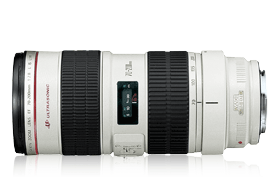
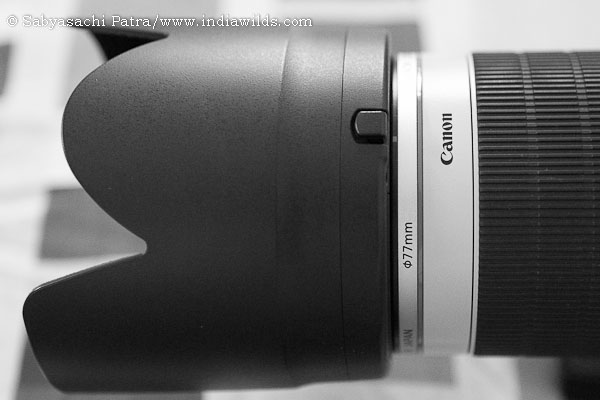
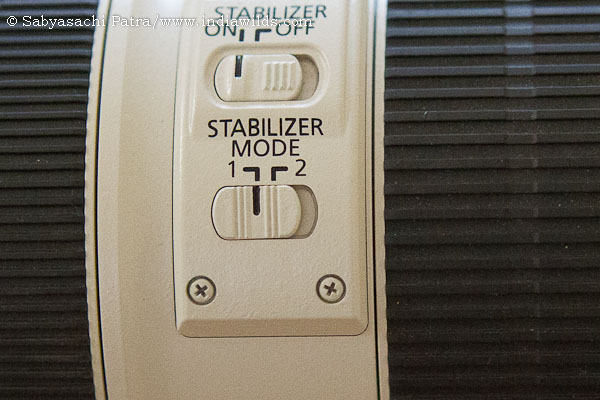
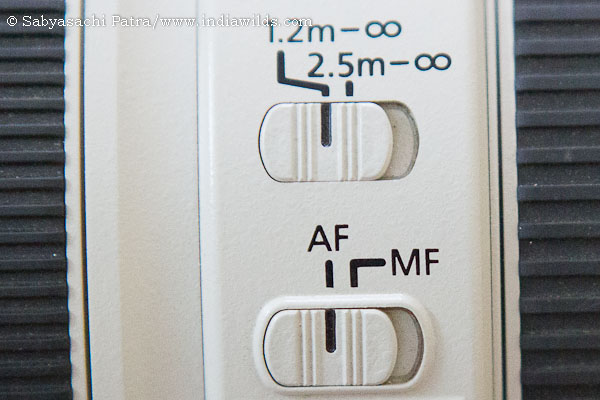

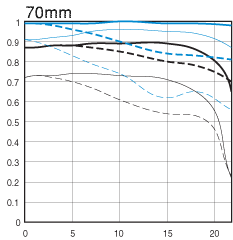
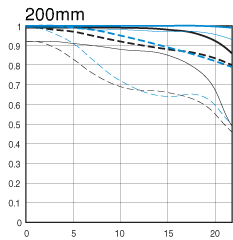


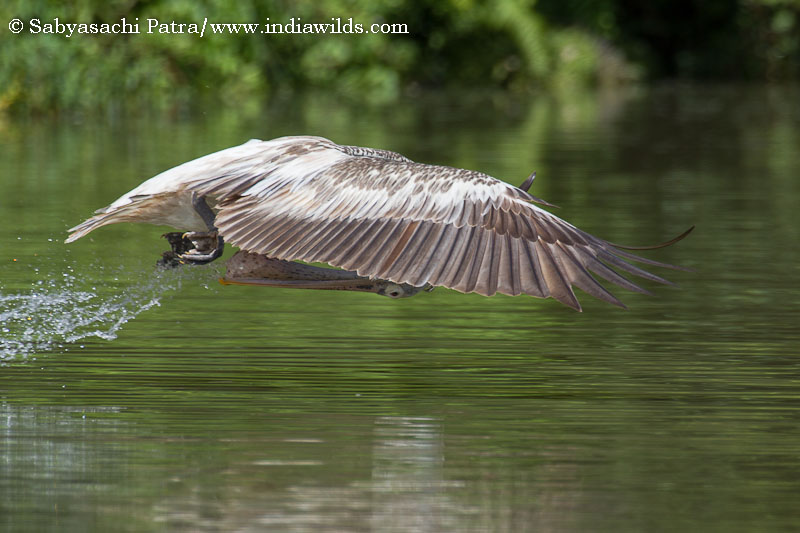
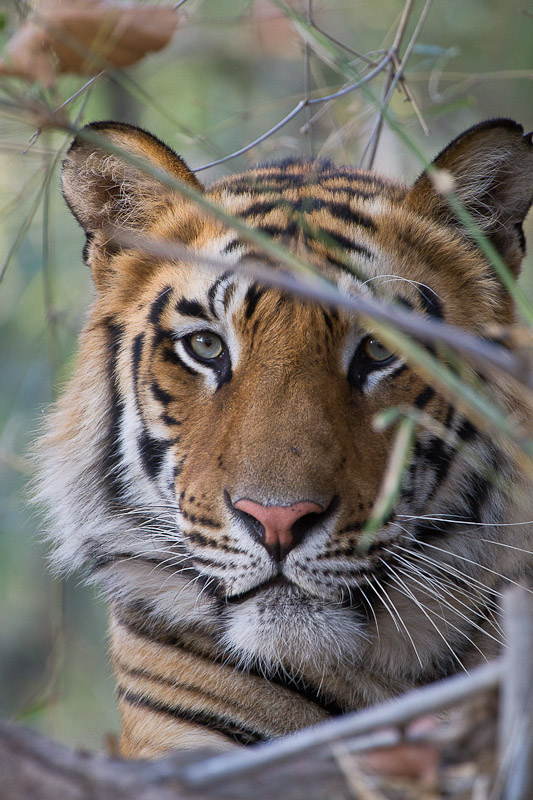



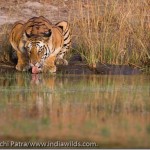
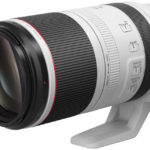


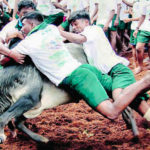



Would like to find out, where do you buy canon lenses in India. I browsed through some online sites, I don’t see 70-200 IS ii listed.
Arun,
There are many places in India to buy the Canon lenses. You can find the dealer closer to you by visiting the Canon India site http://www.canon.co.in/business/web/salesnet?languageCode=EN
I have been buying from the Canon distributor directly.
i must say that the images are quite amazing
wanted to ask how you manage to get such detailed images!
Hi Kartik,
You need to be on top of your technique. If you are handholding, then the technique has to be right so that you get sharp images. Also, you need to move closer to the subject or wait for it to approach close to you, so that you can get full frame images without cropping. That will ensure better details as well.
Sabyasachi
Hey SP, your pictures are beautiful. I just finally picked up this lens recently & have a passion for sports photography as well as wildlife. My two questions are:
1) Do you recommend using a monopod at times with this lens & if so what should i look for as far as weight requirements? I’m shooting on a 7D gripped so this lens adds quite a bit of weight to my setup….also i have a 580 exII speed light which i use at times. i don’t want to spend too much on one, maybe under $100 if possible?
2) As far as extenders or TCs go, which is my better choice…the 1.4x or 2x? I really don’t mind losing one stop to f4 with the 1.4x compared to the 2 stops from the 5.6 with the 2x since at times i will be shooting at night or in indoor facilities. However, i did here reviews that both the most recent versions of the extenders work much better with this version II of the 70-200 2.8 over the original. To be honest i would rather have the xtra added focal length with the 2x but not sacrifice quality…..decisions, decisions, decisions!!!
Hi Eric,
Thanks for your complements. Good to know that you have got the 70-200 f2.8 L IS II USM lens.
Monopod:
I used to use a monopod and it is very useful because you arrest the movement of the camera in the vertical dimension ie. up or down. Monopods are generally very sturdy. A basic manfrotto should be fine. You may also look at a ball head in the monopod, so that you can have change the angle.
1.4x or 2x:
Since you want to use this for wildlife as well as for sports, a 400mm focal length is better. So a 2x TC is better. Also, this lens works very well with the 2x II TC. I am sure a 2xIII TC should also be fine. I routinely use the 2x II TC while filming. So you should go for it. The version III TCs are actually meant for the new tele lenses. You can now go for the version II TC if budget is a constraint and you wont regret it.
Sabyasachi
very helpfull for us…
Hi SP,
very impressive photos I must say.
I am an amateur photographer. I have a Canon 60 D. Wanted to buy my first l series lens. Need to decide which one. Have narrowed the choices down to the following.
1. Canon 100 to 400 mm f4.5- 5.6.
2. Canon 70 to 200 f4 is usm with 2x tc
3. Canon 70 to 200 f2.8. is usm with 2x tc.
I enjoy photographing birds wildlife and portraits. And have a budget of 1.5 lakhs.
What would you advise.
Thanks
Naveen.
Hi Naveen,
I am happy that you liked the images.
The 70-200 f4 doesn’t work so well with 2x. So remove it from your list.
The 70-200 f2.8 L IS II USM is a good lens and I use it with a 2x for a lot of my photography as well as filming needs. Can’t praise it enough. It is good for portraits as well as in safari situations when the animal is close to you. However, in wildlife situations you often find birds far off and out of this combination. In treks you would also find wildlife a long distance away, on top of another mountain and this combination would fall short.
If you would have had a longer telephoto lens, then I won’t hesitate to recommend the 70-200 f2.8 with TCs.
Since you are buying your first L series long lens and the primary use would be wildlife including birds, it is better to buy the longest lens available. 100-400 would be cheaper than the 70-200 + 2x combination and would be fine for a major part of your requirements.
However, wildlife especially birds would be still far away even at 400mm unless you wait for them to come close to you, use a hide or crawl and move close to them. With the 100-400 you can use a 1.4x TC and manually focus it. It may be intimidating for a beginner to think of manual focusing, however, twenty years back we used to do manual focusing all the time.
Also, you should remember that when you add TCs to any lens, the autofocus speed drops. So it is always advisable to buy a lens whose native focal length is closer to your requirements.
You need to decide the lens purchase based on the areas you are going to focus more. If you are covering some events, and portraits will definitely be a part of your coverage then 70-200 f2.8 L IS II USM lens is better.
Hi SP,
very impressive photos I must say.
I am an wedding photographer. I have a Canon 5 d s r. Wanted to buy my first l series lens. Need to decide which one. Have narrowed the choices down to the following.
1. Canon 100 to 400 mm f4.5- 5.6.
2. Canon 70 to 200 f4 is usm with 2x tc
3. Canon 70 to 200 f2.8.l is 2 with 2x tc
I enjoy photographing birds wildlife and portraits.and wedding And have a budget of 1.5 lakhs.
What would you advise.
Thanks
ganesh shinde
Hello Ganesh,
I don’t prefer the 70-200 f4 IS USM lens. The 70-200 f2.8 L IS II USM lens is better despite being heavier. Don’t expect to use the 2xII or 2xIII TC with the 70-200 f4 IS USM lens. The result is not good.
The new 100-400 IS II lens is sharp and good. With a 1.4x the focal length of 560mm is good. However, the quality drops marginally.
You need to decide if you want the 2.8 aperture of the 70-200 for still shots. How often do you shoot wide open. If you can ignore that then the new 100-400 L IS II USM lens can be bought and is within your budget. Personally I love the flexibility of the 70-200 f2.8 L IS II USM lens. I use it without the TCs as well for filming wildlife as well as documentaries and corporate films. You need to carefully evaluate and decide. You can’t go wrong if you choose either the 70-200 f2.8 L IS II USM or the new 100-400 L IS II USM lens.
Cheers,
Sabyasachi
Hi there!
I’m trying to decide between the 70-200 f2.8 with a teleconverter 1.4x or the 2x.
Or the 70-300 f4
I’ll be shooting mostly wildlife with these lenses.
Do you lose the sharpness, quality or speed on the 70-200 with the teleconverters?
What would be the pros and cons between these two choices?
I really appreciate the feedback.
PS: great pics!
Is 70-200 better to capture mammal with habitat?
You can do habitat shots with 70-200. Unless a large animal like elephant is very close to you, the 70-200 is useful.
Thanks
I am taking both 70-200f2.8 and 100-400 is for Corbett safaris next month.
Which lens should I use when?
The 100-400 mm lens will come in handy for shooting wildlife in general. In Corbett some of the sightings are so far off that even a 600mm lens won’t be enough. If elephants are not close by then the 100-400 will be very useful. Else, shift to 70-200 for relatively wider shot as well as for low light shots. You will get some nice sceneries which you can shoot with 70-200 f2.8. Don’t forget to get some vertical shots as well.